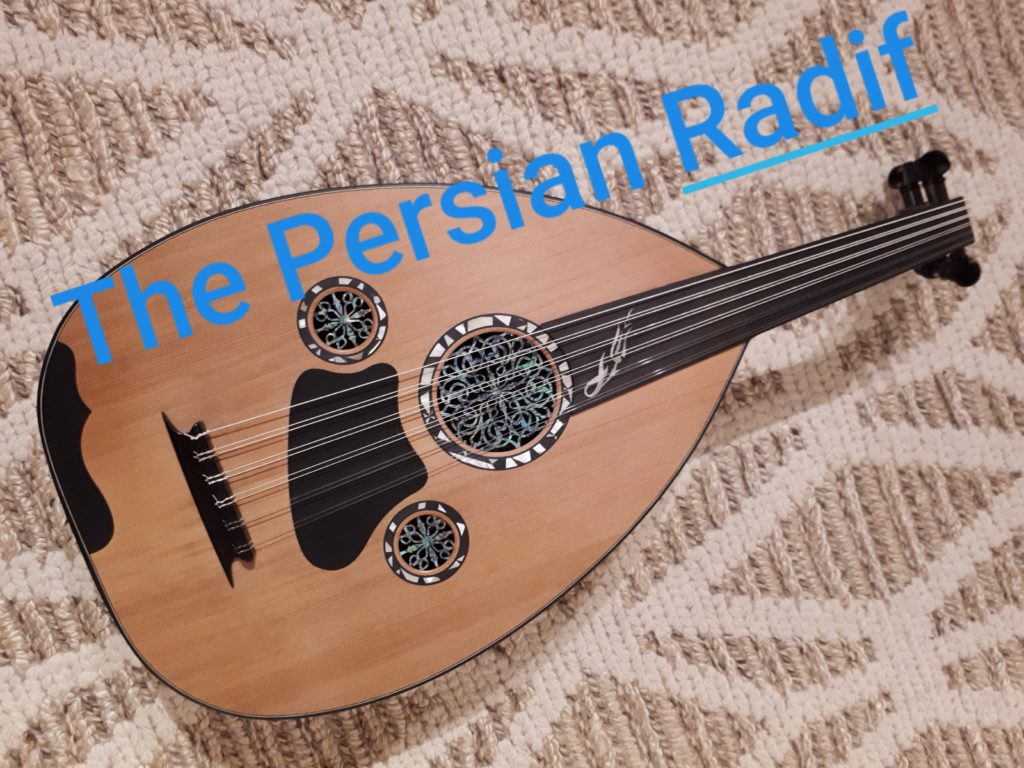I was emailing an OudforGuitarists subscriber about the Persian Radif of Persian traditional music and I thought I’d share some of my thoughts about the Radif here in relation to his questions.
The question was basically: What is the role of Radif for a performer? Is memorization of the radif necessary?
“As for memorization, even I have not memorized the radif. This idea is a remnant of the past where it was necessary because music of was not often written down so memorization was necessary to continue the tradition. But there are certain gushe (sections) that require a semblance of memorization. There are key gushe that are very important and often heard in performance. The main themes of these gushe need to be memorized and internalized.
Connected to this, you already notice that radif is never performed note for note. Only the theme of certain gushe are performed. There are embellished with improvisation. Think of the radif as a foundation, as a road map for different melodic themes and passages which can be used in Persian music. You’ll also notice that some gushe fall out of use and are rarely performed. There are different interpretations to this to consider. The radif is a tradition from a particular time and place. There are also different radif out there too which suit the Tar better and other instruments. Hossein Behroozinia uses Mirza Abdollah’s which is typically used for Setar, but when he taught me radif sometimes he showed me that the radif written for kamanche is better for Oud in one or two rare gushe.
Think of the radif as something that you can draw inspiration from. As you practice it more and more the melodies will become a part of you, and as you improvise, they will come out, they will join up with your own melodies and it will become a new story. Listen to Hossein Alizadeh’s “Raze No” album and you’ll see he took the essence of two gushe from different Dastgah and married them and created something new and called in Maqam-e Daad o bidad. I wrote something about it here. https://
Knowing what works and what doesn’t work in Persian music and improvisation is largely an organic process. Ultimately, once you master the radif to the degree that your playing is not limited by your technique on the instrument it becomes a process of imitation and interpretation. Imitation is borrowing from other masters of the tradition, copying exactly what they do, and making that part of your own playing. Then the next step is to interpret the radif and the improvisation of masters in your own way by building upon it, adapting it, and being creative with it. You can describe this as adding your own flavour, making it your own.
The Oud has a special challenge among Persian instruments in that the structure and tuning of the instrument makes it such that you can’t play some passages the same way as a Setar or Tar does because it lacks frets. And the radif was fundamentally played on these instruments. However, each instrument has it’s limitations which also adds to it’s own beauty.”
I’ve recently been inspired to give more lessons via Skype. I will be offering lessons for Oud on the Persian Radif. I teach the Radif of Mirza Abdollah and I have two versions of the Radif in PDF that you can learn from.
I’m also inviting students of all levels to learn the Oud over Skype.
If you’re interested in the details, please email me at support@oudforguitarists.com.
Navid
Here’s an old video I did about the Persian Radif:






